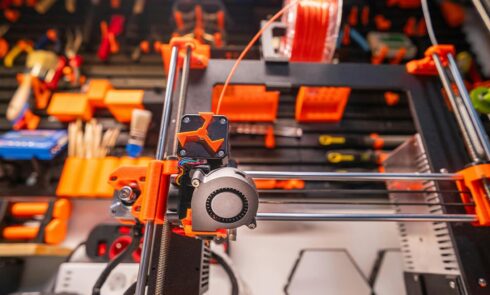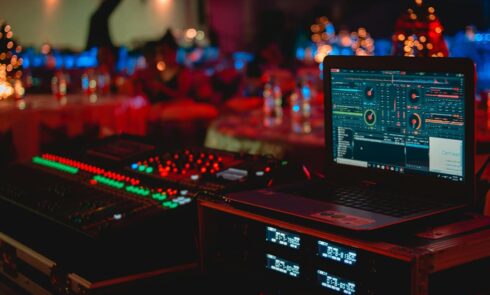A digital twin is a virtual model of a physical object. It covers the life cycle of an object and uses real-time data sent from the object’s sensors to simulate behavior and monitor operations. Digital twins can replicate many real-world objects, from individual pieces of equipment in a factory to complete installations such as wind turbines and even entire cities. Digital twin technology allows you to monitor facility operations, identify potential faults and make more informed maintenance and lifecycle decisions.
What are the benefits of digital twins?
Digital twins offer users many benefits. Here are some of them.
Increased productivity
The real-time information and analytics provided by digital twins allow you to optimize the performance of your equipment, plant or facilities. Problems can be fixed as they occur, keeping systems running at peak performance and reducing downtime.
Predictive capabilities
Digital twins can offer you a complete visual and digital view of your manufacturing plant, commercial building or facility, even if it consists of thousands of pieces of equipment. Intelligent sensors monitor the output of each component, flagging problems or malfunctions as they occur. You can take action at the first sign of problems, rather than waiting for equipment to completely break down.
Remote monitoring
The virtual nature of digital twins means that you can monitor and manage objects remotely. Remote monitoring also means fewer people are needed to check potentially dangerous industrial equipment.
Reduced production time
By creating digital replicas, you can speed up the production of products and objects before they appear. By running scenarios, you can see how your product or facility reacts to failures and make necessary changes before production begins.
What industries are using digital twin technology?
A number of industries are increasingly using digital twins to create virtual representations of their real-world systems. Below are some examples.
Construction
Construction teams are creating digital twins to plan residential, commercial and infrastructure projects more efficiently, providing real-time insight into the progress of existing projects. Architects are also using digital twins to plan their projects by combining 3D building modeling with digital twin technology. Commercial building managers are using digital twins to monitor current and historical temperature, occupancy and air quality data for indoor and outdoor spaces to improve occupant comfort.
Manufacturing industry
Digital twins are used throughout the manufacturing lifecycle, from design and planning to maintenance of existing facilities. A digital twin prototype allows you to continuously monitor your equipment and analyze performance data that shows how a specific part or entire plant is performing.
Energy
Digital twins are widely used in the energy sector to support strategic project planning and optimize the performance and lifecycle of existing assets such as offshore installations, refineries, wind farms and solar projects.
Motor vehicles
The automotive industry uses digital twins to create digital models of vehicles. Digital twins can give you insight into the physical behavior of the vehicle as well as software, mechanical and electrical models. This is another area where preventive maintenance plays an important role, as a digital twin can alert a service center or user to component performance issues.
Healthcare
Digital twins are used in the healthcare industry in several instances. These include creating virtual twins of entire hospitals, other medical facilities, laboratories, and the human body to model organs and run simulations to show how patients respond to specific treatments.


